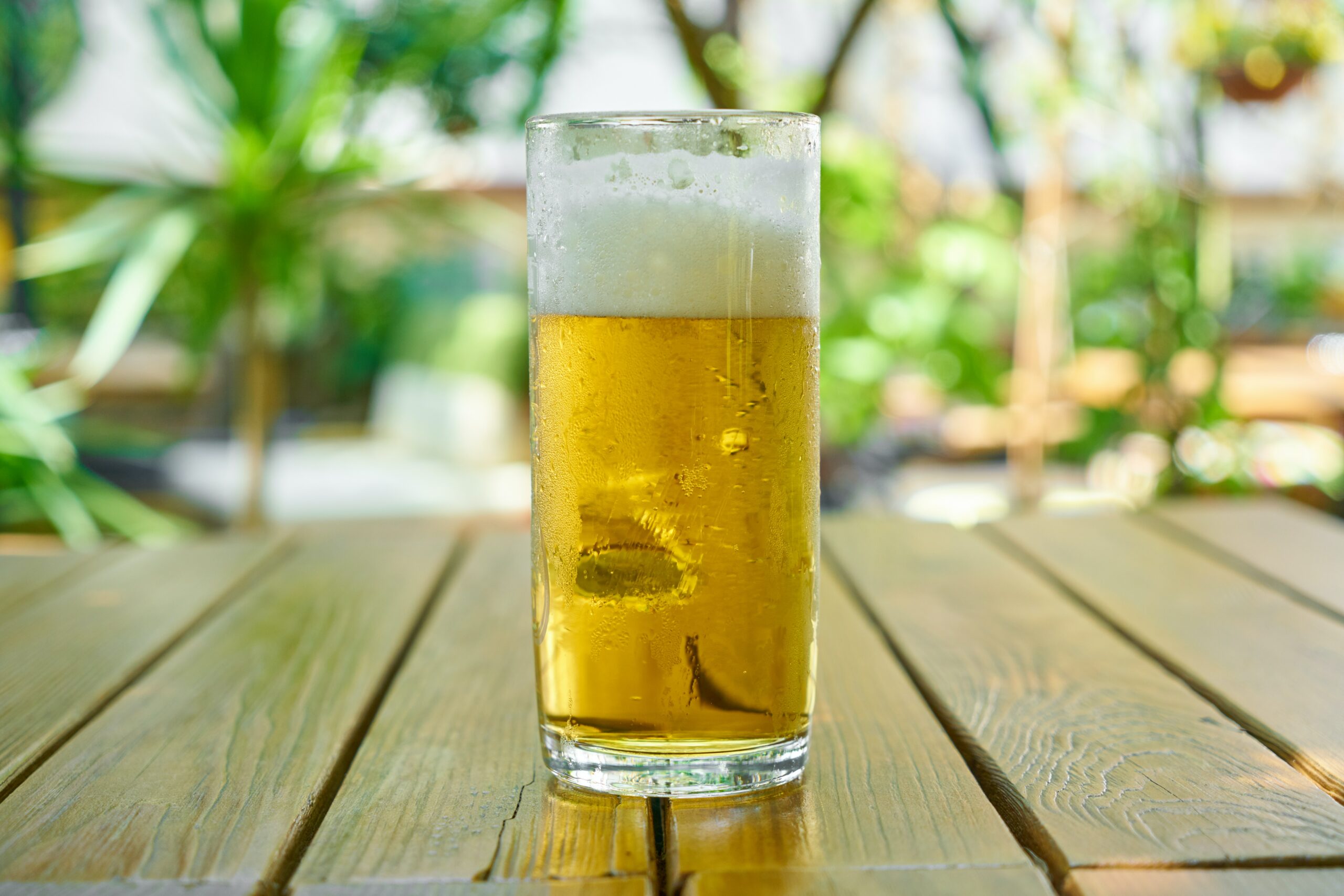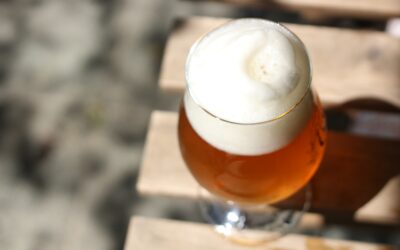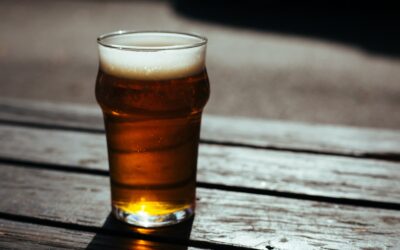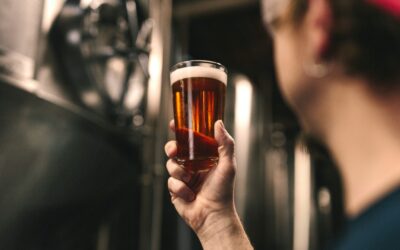While Germany is strongly associated with lagered beers, until 1919 many of the leading styles of beer, particularly in its northern half were ales. The pressure to bring these under the stipulations of the Bavarian Beer Purity Order, or Reinheitsgebot, brought challenges.
The German ale styles that have survived include a cluster of wheat beers, plus the two below, which after primary fermentation go on to be cold-conditioned for a time.
The following session-strength wheat beers are also technically ales: Berliner Weisse, Gose, Lichtenhainer, Dunkelweizen, Hefeweizen, Kristallweizen
Altbier
This clean, lively, well-attenuated, amber-copper beer (4.5-6.0% ABV) is associated with the Rhineland city of Düsseldorf. Its malt intensity ranges from moderate to high, but should be balanced by some hop bitterness. It is found at its best in its home region, especially when served uncarbonated from an upright cask. Some brewers create a subtly stronger version called Sticke, once a year, and a couple make strong bottled variant called Doppel Sticke (8-8.5%). As with Kölsch (below) it is fermented at room temperature by an ale yeast before being cold-conditioned like a lager.
Kölsch
The beer of Cologne (Köln) looks like a blond lager but drinks more like a light ale. Because Kölsch is fermented by an ale yeast it is subtly fruitier than other blond brews, though lagering smooths this out somewhat. The style is subject to a Protected Geographical Indication (PGI) within the European Union, so the only beers sold in EU countries by that name must be made in a specific area, in and around the city. As with Altbier (above) and Kellerbier, it is best appreciated locally to where it is made, served uncarbonated from an upright wooden cask called a Pittermannsch, into 20 cl tall glasses, called Stänge, which are constantly replaced until you cap the flow by placing a beer mat over the top of it.





